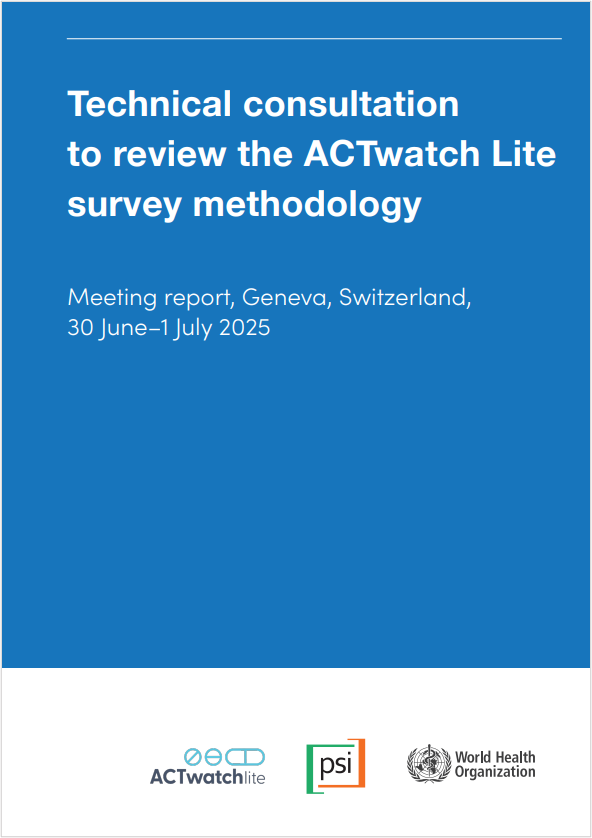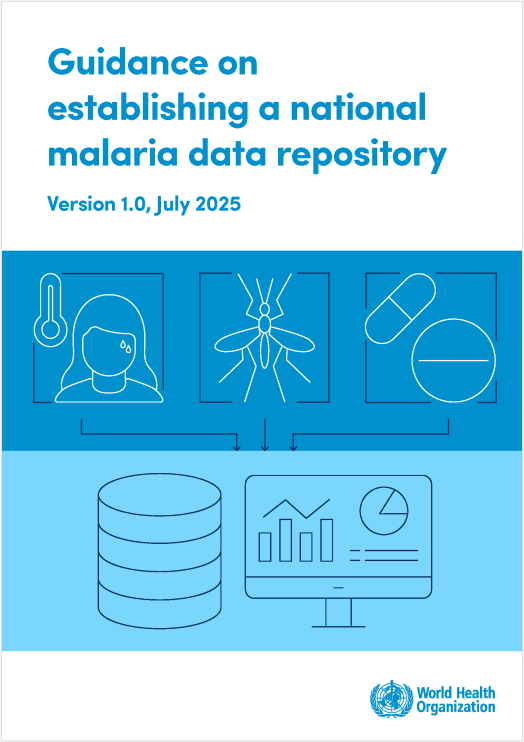Last Updated: 03/08/2023
Spatiotemporal dynamics of malaria in the Alto Juruá Valley, Acre
Objectives
Original title in Portuguese: Dinâmica espaço-temporal da malária no Vale do Alto Juruá, Acre
To identify which factors represent the most relevant conditions for the increase in the incidence of malaria identify regions with a higher risk for the occurrence of the disease.
Malaria is the most common parasitic disease in the world and is estimated to be responsible for around 660,000 deaths annually. The damage caused by malaria goes beyond health problems. This disease can have a strong influence on the socioeconomic development of a region, as it generates a large economic burden on the income of the countries where it is endemic. In the Amazon, the dynamics of vector development and disease transmission are associated with the hydrological regime of this region. Although these relationships are closely related, factors related to climatic, environmental and epidemiological surveillance conditions establish distinct spatial scenarios for malaria. Numerous actions to control and combat malaria have been used in the state of Acre in a more intensified way since then and managed to reduce these numbers significantly. However, according to the Pan American Health Organization, Acre remains one of the Brazilian states that contribute significantly to the maintenance of malaria cases in the Americas and in Brazil. Three municipalities stood out during the years 2012 to 2014 with a high incidence of malaria: Cruzeiro do Sul, Mâncio Lima and Rodrigues Alves.
Mar 2022


